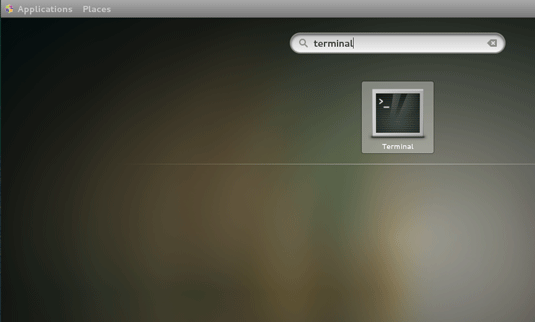Getting Started with Wine for CentOS 7 Linux
How to Install and Getting Started with WineHQ on CentOS 7.x GNOME/KDE i686/x8664 Linux desktop.
Wine (originally an acronym for “Wine Is Not an Emulator”) is a Compatibility Layer capable of Running Windows Apps on several POSIX-compliant OSes systems, such as Linux, Mac OSX, & BSD.
Instead, of Simulating internal Windows Logic like a Virtual Machine or Emulator, Wine translates Windows API calls into POSIX calls On-the-Fly, eliminating the Performance and Memory Penalties of other Methods and allowing you to Cleanly Integrate Windows Apps into your desktop.
🍷 You may try Bottles—Wine is included and preconfigured to run Windows apps on Linux.

-
Open Terminal Window
Cmd+”terminal”
(Press “Enter” to Execute Commands)
In case first see: Terminal QuickStart Guide.
-
Enable the EPEL Release for CentOS 7
-
Updating CentOS 7 System:
sudo su -c "yum update"
-
Installing WineHQ for CentOS 7:
sudo su -c "yum install wine"
-
Getting Started Installing Windows Software with Wine on CentOS
How to Install Adobe Reader for CentOS.